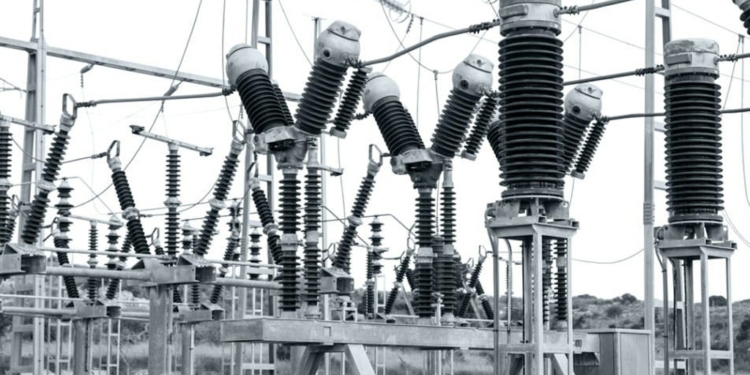Source: PR Newswire news
First and Largest 550kV DC Meshed Grid Project in the World Will Secure Power Supply to Beijing from Renewable Sources.
ROSSENS, Switzerland and SAN DIEGO, Aug. 27, 2018 /PRNewswire/ — Maxwell Technologies, Inc. (Nasdaq : MXWL ), a leading developer and manufacturer of energy storage and power delivery solutions, today announced its Switzerland-based product line will be delivering high voltage capacitors for DC circuit breaker and DC voltage divider applications to the major OEMs involved in a DC grid initiative called the ZhangBei Project. This project will secure power supply to Beijing from a variety of renewable sources including wind and solar power.
Maxwell’s CONDIS® branded capacitors will be the first to market with the largest 550kV DC meshed grid that includes four types of new capacitors for DC converter valve ultra high voltage circuit breakers using four lines and four substations. This will provide more than six times the energy conversion on the grid while allowing the DC circuit breaker to open circuits on the production site should any line get compromised, thereby minimizing losses and increasing flexibility to transfer energy on the line. CONDIS capacitors are the preeminent supplier of capacitors for ultra high voltage circuit breakers rating 800 kV up to 1100 kV. Customers include NHVS, PG, ABB, XD, NARI and XJ.
CONDIS® partial discharge sensors (PD sensors) are used to assess the quality or aging of generator stator winding insulation, detect localized sources of PD in rotating electrical machines and generators, and to detect conducted pulse signals. PD sensors typically consist of a coupling capacitor (13.8 kV to 27 kV) and a low-voltage coupling device.
CONDIS coupling capacitors are used as coupling devices to pass high frequencies (low reactance at the high PD frequencies). The coupling device separates the PD current pulses from the power frequency test voltage circuit.
PD coupling capacitors are available in both dry-based (CDAS) or oil-based (CDOR) technology and for indoor or outdoor applications.
“Demand for meshed DC grids is growing and these new developments are opening an increased need for high voltage capacitors,” said Gérard Lopez, vice president and general manager of the high voltage product line. “We have invested substantial time and resources in R&D to follow the evolution of the transmission/distribution grid and to provide our customers with the most secure, reliable and innovative products. Participation in this project is evidence of our proven success with circuit breakers and dividers and reinforces our strategic position in China while paving the way for future worldwide projects of this magnitude.”
The main challenge of this project for OEM partners is the development of DC circuit breakers with a new switching system capable of opening DC currents. To meet this need, Maxwell is in development of four types of new CONDIS-branded capacitor products for these DC breakers including DC-Fast Circuit Breaker (pure DC-voltage), DC Pole Bus Circuit Breaker (pure DC-voltage), Starting Resistor Bypass Circuit Breaker (composite voltage AC & DC) and Converter AC Side Circuit Breaker (composite voltage AC & DC).
“The CONDIS product line has been regarded as a reliable provider of high voltage capacitors for circuit breakers and dividers for two decades,” said Lijiang Chi, Chief Engineer and Vice GM of XJ, a participant in the ZhangBei DC Grid Project. “The ZhangBei project will supply enough power on the grid to manage the increasing demand for high energy without breakdown of the grid. The technology provided by CONDIS capacitors will aid us in minimizing disruptions by increasing the number of lines and substations.”
Maxwell’s high voltage capacitors and resistors are key components for DC circuit breakers and DC voltage dividers by reinforcing DC circuit breaker switching capability and DC voltage divider accurate measurements. The long term stability, temperature control and outstanding insulation design of CONDIS-branded HV capacitors and voltage dividers help customers handle variable working conditions in high altitude HVDC substations.
featured image credit: Condis.ch by Maxwell Technologie































